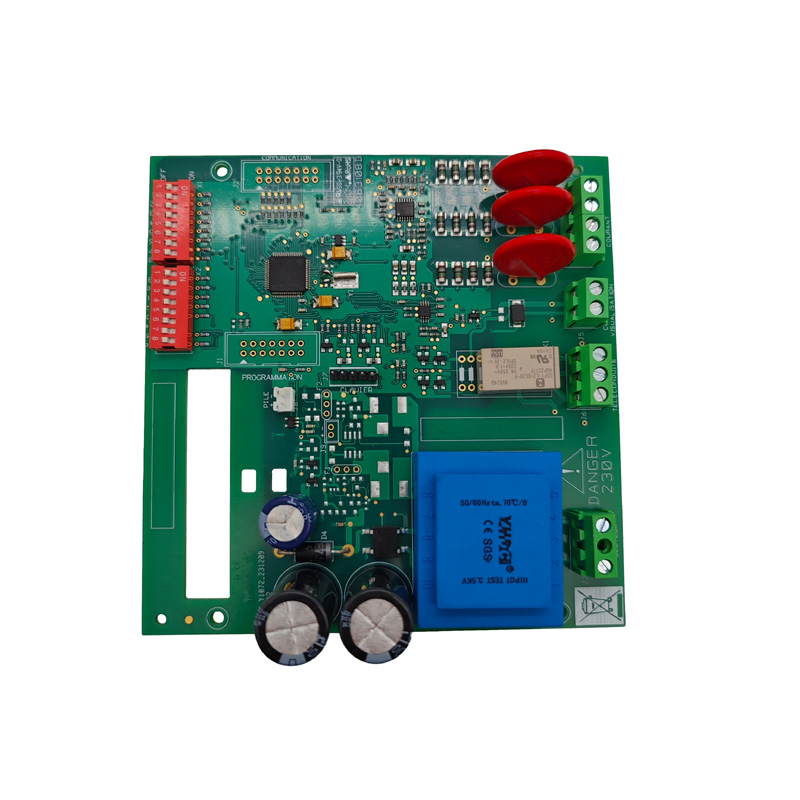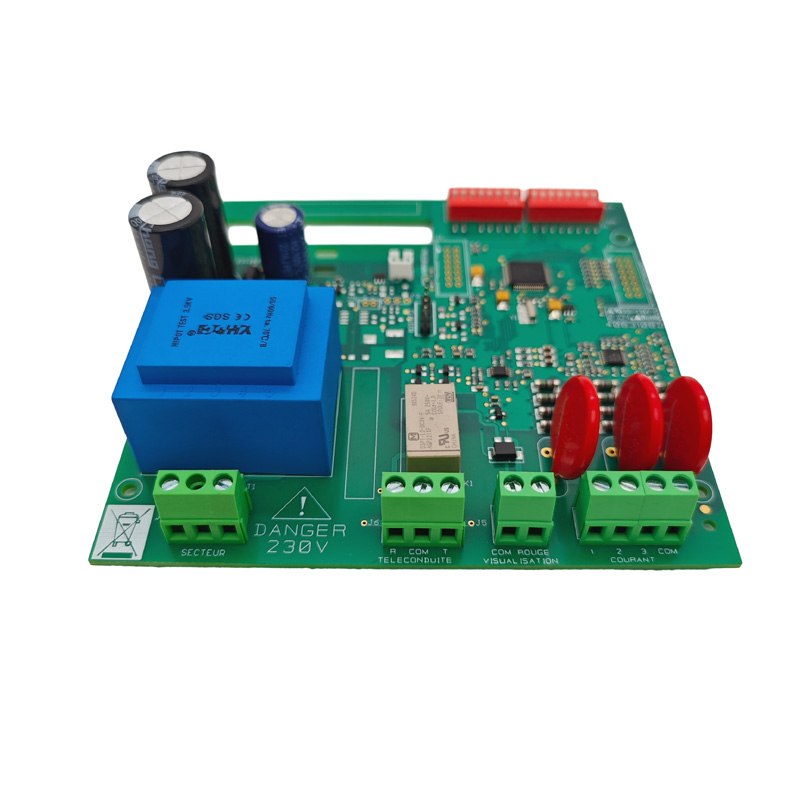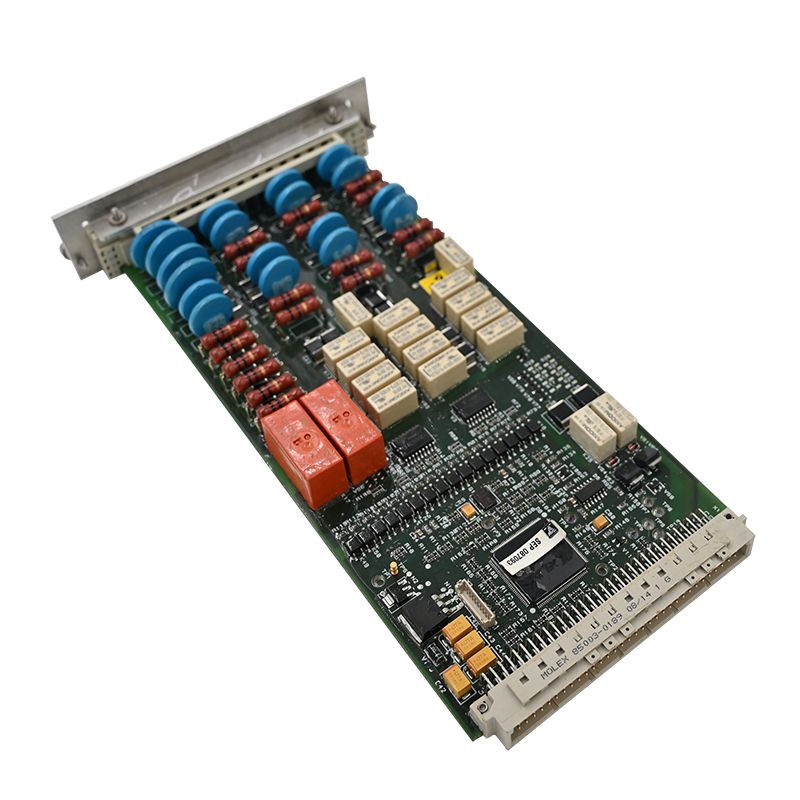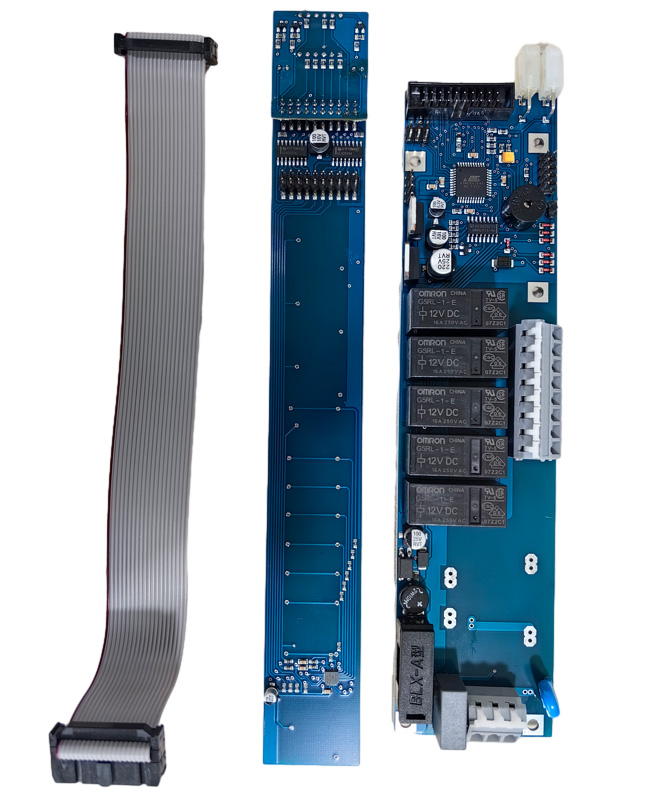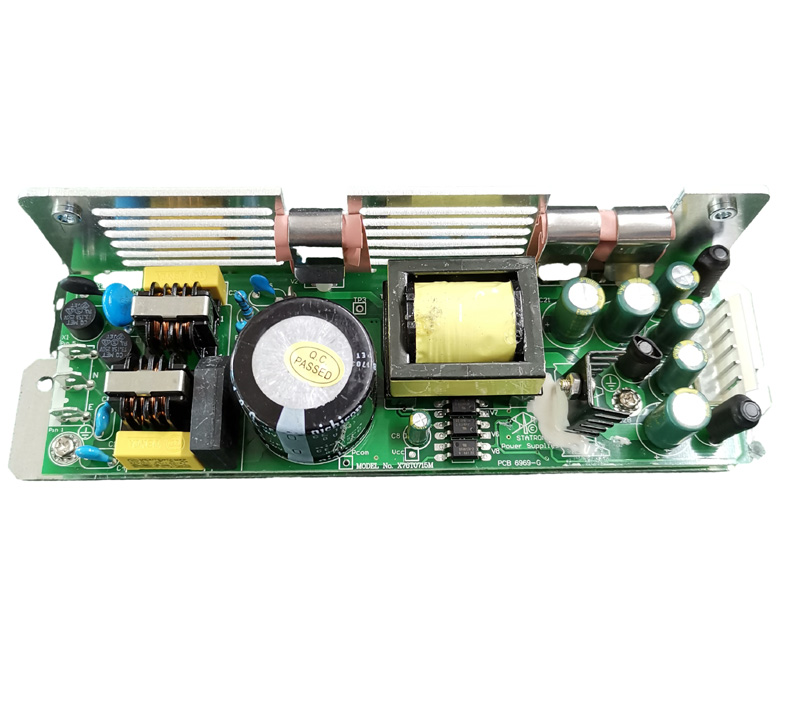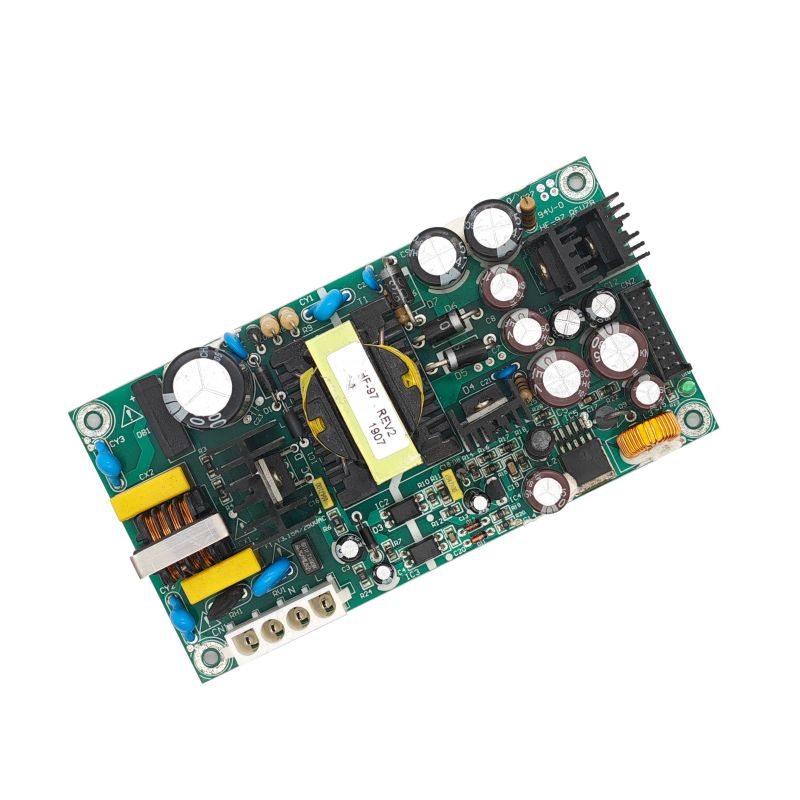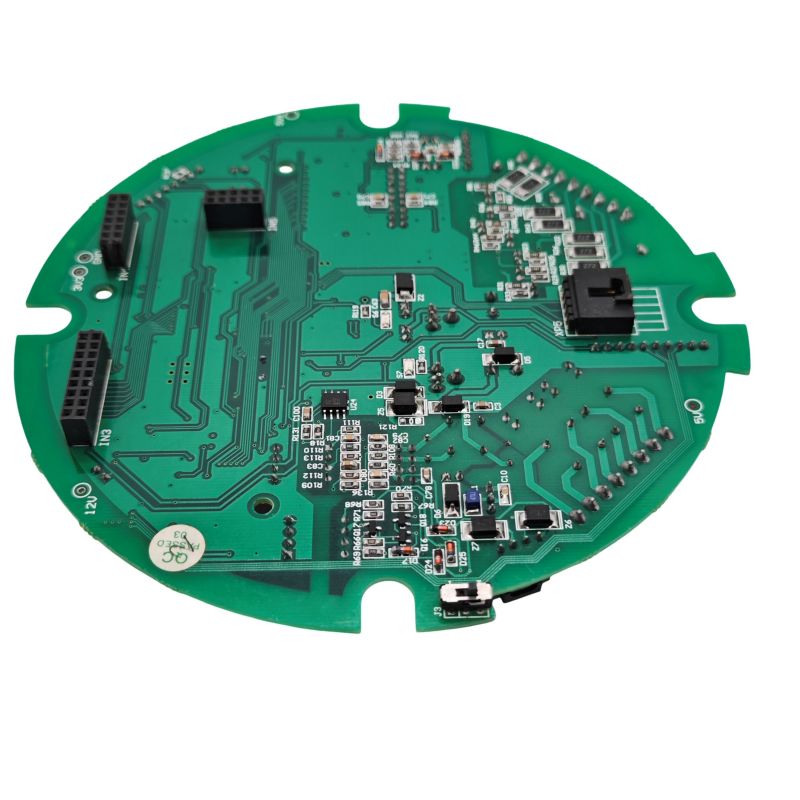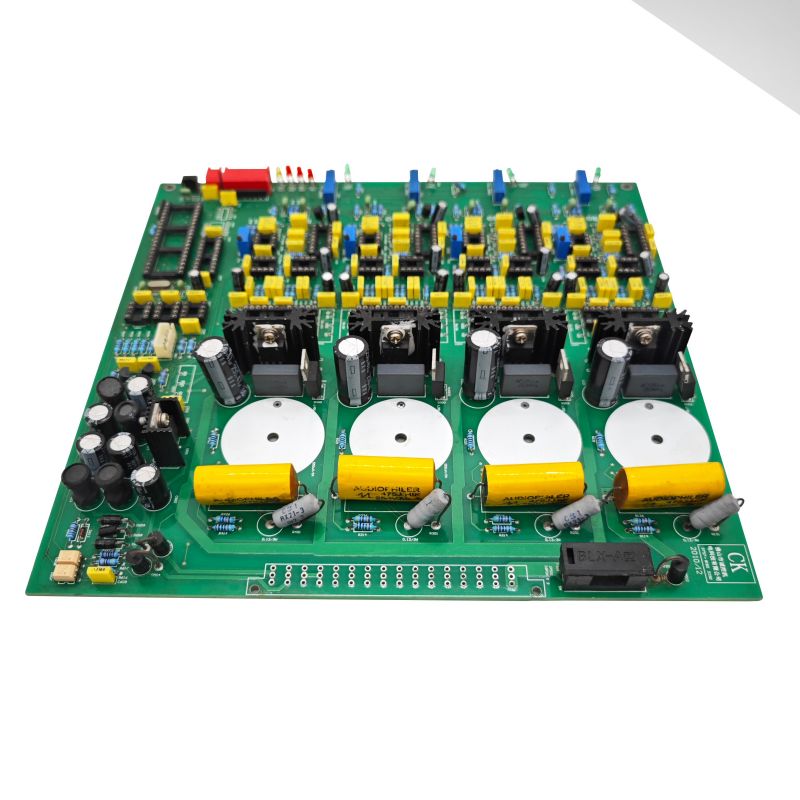- English
- Español
- Português
- русский
- Français
- 日本語
- Deutsch
- tiếng Việt
- Italiano
- Nederlands
- ภาษาไทย
- Polski
- 한국어
- Svenska
- magyar
- Malay
- বাংলা ভাষার
- Dansk
- Suomi
- हिन्दी
- Pilipino
- Türkçe
- Gaeilge
- العربية
- Indonesia
- Norsk
- تمل
- český
- ελληνικά
- український
- Javanese
- فارسی
- தமிழ்
- తెలుగు
- नेपाली
- Burmese
- български
- ລາວ
- Latine
- Қазақша
- Euskal
- Azərbaycan
- Slovenský jazyk
- Македонски
- Lietuvos
- Eesti Keel
- Română
- Slovenski
- मराठी
- Srpski језик
Current Fault Detector PCBA
Send Inquiry
Current Fault Detector PCBA: One Solution to Ensure Safe Operations
UNIXPLORE Electronics is proud to offer you Current Fault Detector PCBA. Our goal is to ensure that our customers are fully aware of our products and their functionality and features. We sincerely invite new and old customers to cooperate with us and move towards a prosperous future together.
Electronics are at the heart of modern-day industries. From manufacturing to transportation, everything is heavily reliant on electronic devices. However, with increasing complexity, the chances of electrical faults are increasing as well. These faults can lead to severe losses, both in terms of money and safety. Therefore, it is essential to have a solution that can detect faults and prevent failures before they happen. This is where the Current Fault Detector PCBA comes in.
The Current Fault Detector PCBA is an electrical circuit board that helps in detecting electrical faults. It is installed in the system and continuously monitors the current passing through the wiring. When an abnormal electric current is detected, the detector immediately sends an alert, preventing any damage that may have occurred otherwise.
This technology has several benefits. Firstly, it eliminates the need for manual inspection. A Current Fault Detector PCBA can detect faults with much higher accuracy than human inspection. This ensures that potential risks are detected before they turn into major issues. Secondly, it helps in reducing downtime. Any electrical fault, if not detected promptly, can lead to downtime. This can result in a significant loss of time and money. By detecting and alerting in real-time, the detector can help reduce downtime and increase operational efficiency.
Current Fault Detector PCBAs can be used in a wide range of industries. The technology is especially useful in industries where electrical components are subject to extreme conditions or high power levels. For example, in the automotive industry, where power is supplied to electrical systems in vehicles, a fault detector can prevent malfunctions and accidents. Similarly, in the aerospace industry, where a single electrical flaw can cause catastrophic accidents, having a fault detector is essential.
In conclusion, the Current Fault Detector PCBA is a critical component that ensures safe and reliable operations in industries. It is an intelligent solution that detects and alerts on any abnormal current flow, ensuring that potential risks are dealt with before they turn into serious issues. With the increasing complexity of electronics, this technology is becoming more critical. It not only saves time and money but also ensures the safety of people and equipment. The flexibility of the technology means it can be used in various industries, making it a valuable asset for any industry that relies on electrical systems.
* Blank PCB made, components purchased by us
* PCB fabrication with parts fully assembled
* 100% Function Tested OK before shipping
* RoHS compliant, Lead-free manufacturing process
* Quick delivery, with independent ESD package
* One stop electronic manufacturing service for PCB design, PCB layout, PCB manufacture, components procurement, PCB SMT and DIP assembly, IC programming, function test, packaging and delivery
| Parameter | Capability |
| Layers | 1-40 layers |
| Assembly Type | Through-Hole (THT), Surface Mount (SMT), Mixed (THT+SMT) |
| Minimum Component Size | 0201(01005 Metric) |
| Maximum Component Size | 2.0 in x 2.0 in x 0.4 in (50 mm x 50 mm x 10 mm) |
| Component Package Types | BGA, FBGA, QFN, QFP, VQFN, SOIC, SOP, SSOP, TSSOP, PLCC, DIP, SIP, etc. |
| Minimum Pad Pitch | 0.5 mm (20 mil) for QFP, QFN, 0.8 mm (32 mil) for BGA |
| Minimum Trace Width | 0.10 mm (4 mil) |
| Minimum Trace Clearance | 0.10 mm (4 mil) |
| Minimum Drill Size | 0.15 mm (6 mil) |
| Maximum Board Size | 18 in x 24 in (457 mm x 610 mm) |
| Board Thickness | 0.0078 in (0.2 mm) to 0.236 in (6 mm) |
| Board Material | CEM-3,FR-2,FR-4, High-Tg, HDI, Aluminum, High Frequency, FPC, Rigid-Flex, Rogers, etc. |
| Surface Finish | OSP, HASL, Flash Gold, ENIG, Gold Finger, etc. |
| Solder Paste Type | Leaded or Lead-Free |
| Copper Thickness | 0.5OZ – 5 OZ |
| Assembly Process | Reflow Soldering, Wave Soldering, Manual Soldering |
| Inspection Methods | Automated Optical Inspection (AOI), X-ray, Visual Inspection |
| Testing Methods In-House | Functional Test, Probe Test, Aging Test, High and Low Temperature Test |
| Turnaround Time | Sampling: 24 hours to 7 days, Mass Run: 10 - 30 days |
| PCB Assembly Standards | ISO9001:2015; ROHS, UL 94V0, IPC-610E class ll |
● Current Fault Detector PCBA Function test fixture customized according to client’s test requirements
● Box building service including plastic & metal case mold and part production
● Conformal coating including selective lacquer coating, epoxy resin potting
● Wire harness and cable assembly
● Finished product assembly including box, screen, membrane switch, labelling and customized carton or retail box packing.
● Various third-party tests for PCBA are available upon request
● Product Certification Assistance
-
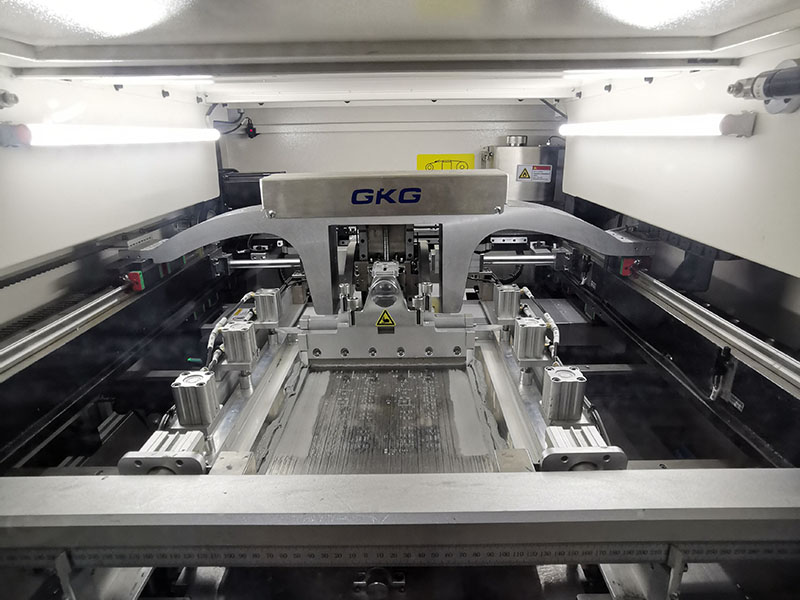
1. Automatic solderpaste printing
-

2. solderpaste printing done
-

3. SMT pick and place
-
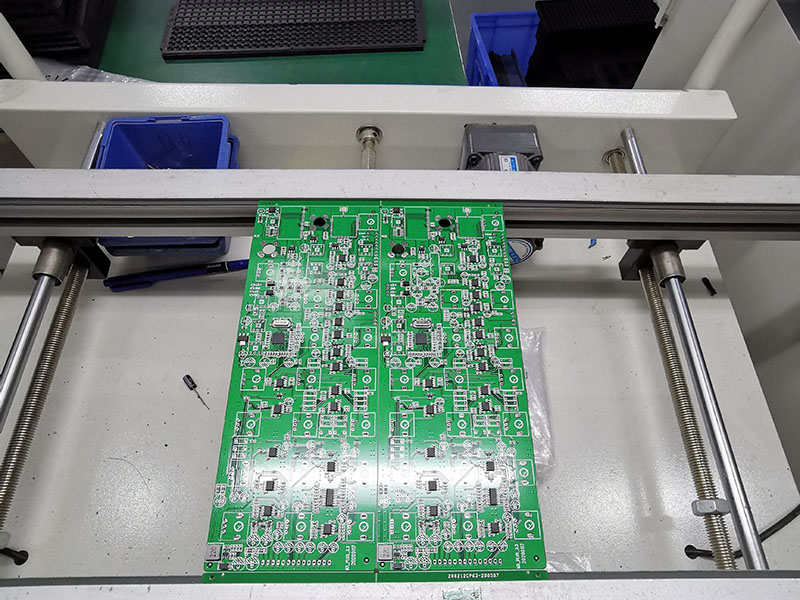
4. SMT pick and place done
-
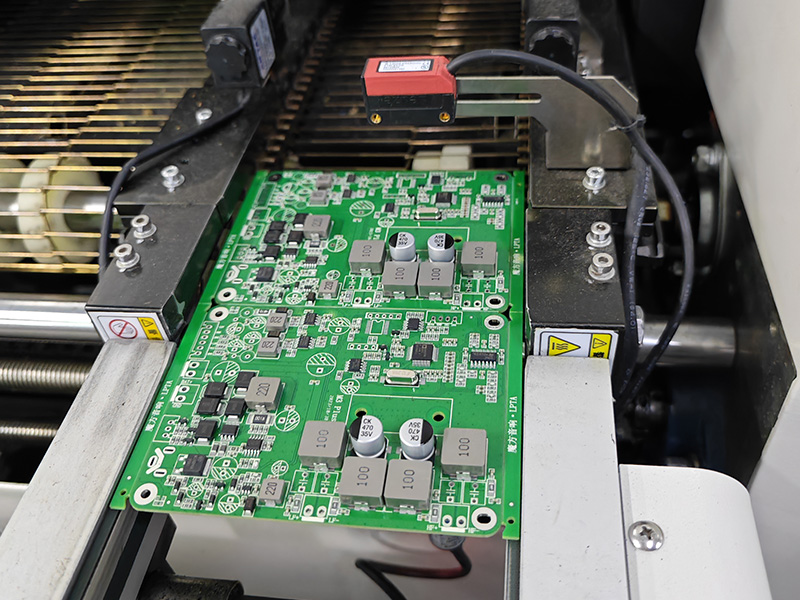
5. ready for reflow soldering
-

6. reflow soldering done
-
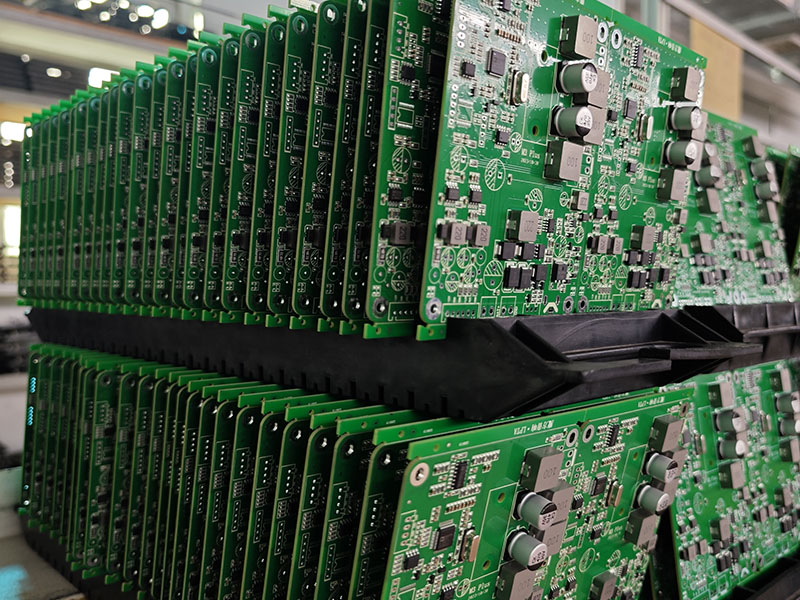
7. ready for AOI
-
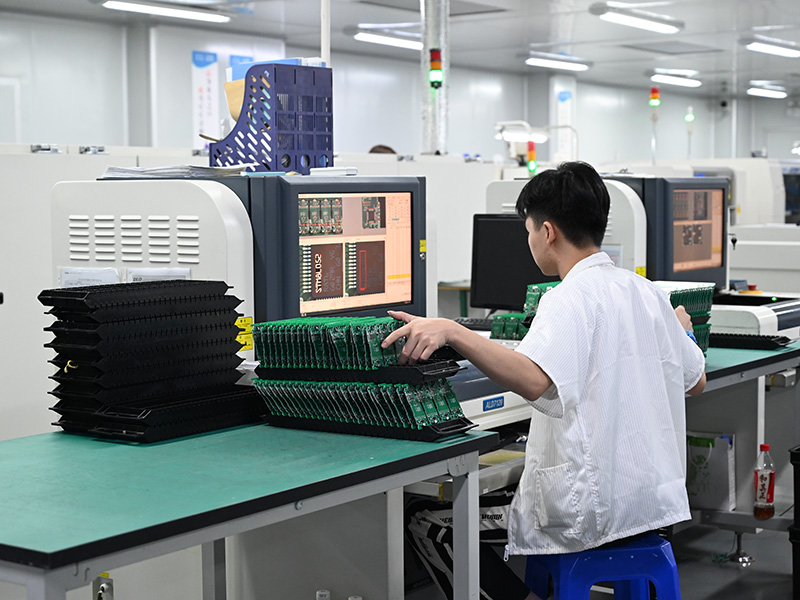
8. AOI inspection process
-

9. THT component placement
-
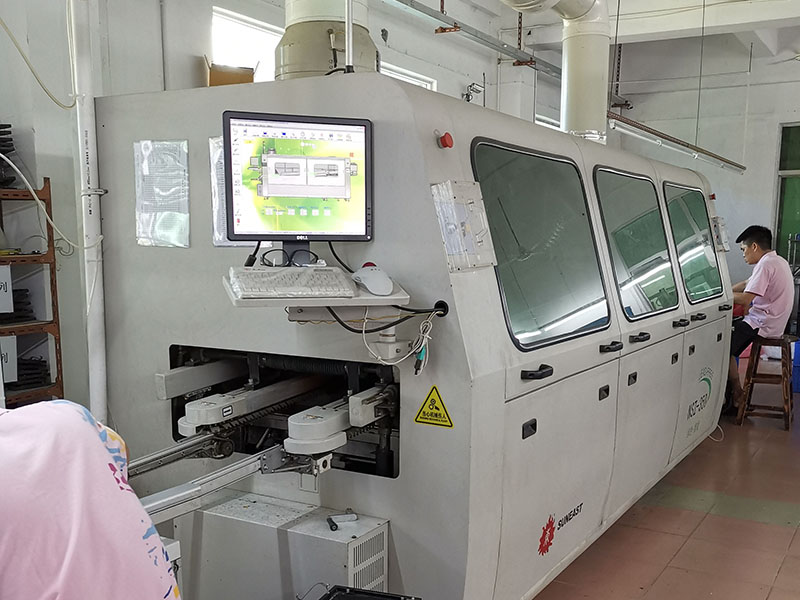
10. wave soldering process
-

11. THT assembly done
-
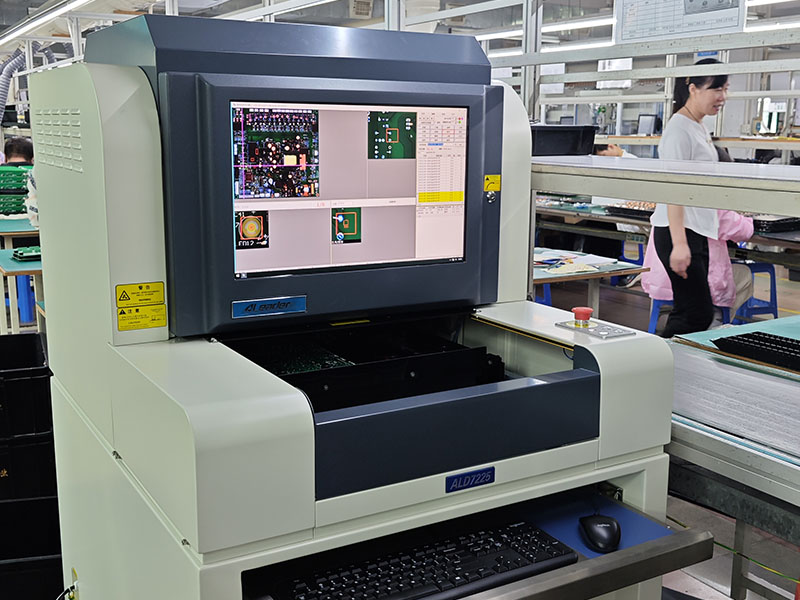
12. AOI Inspection for THT assembly
-
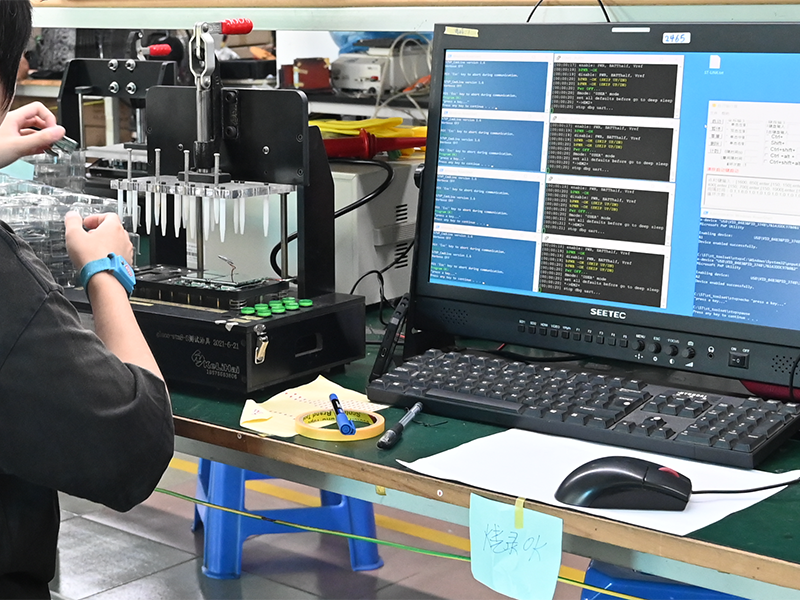
13. IC programming
-

14. function test
-
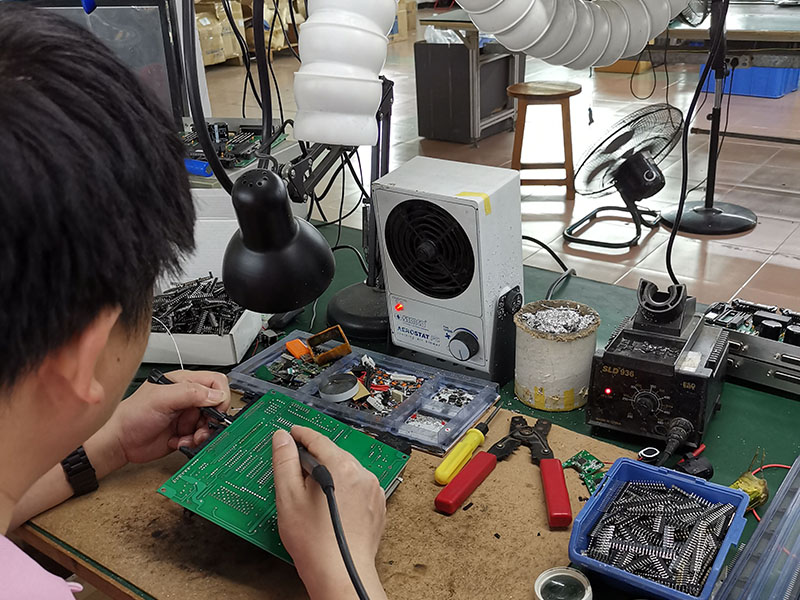
15. QC Check and Repair
-
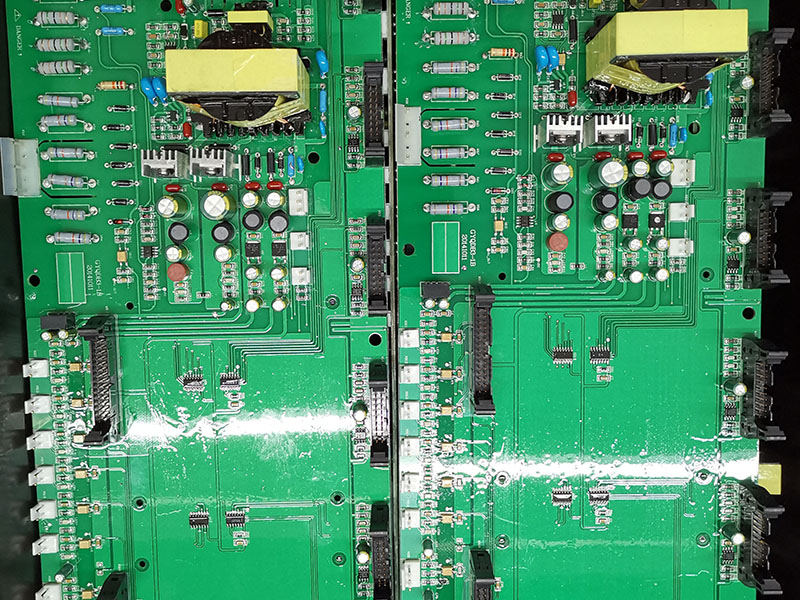
16. PCBA conformal coating Process
-
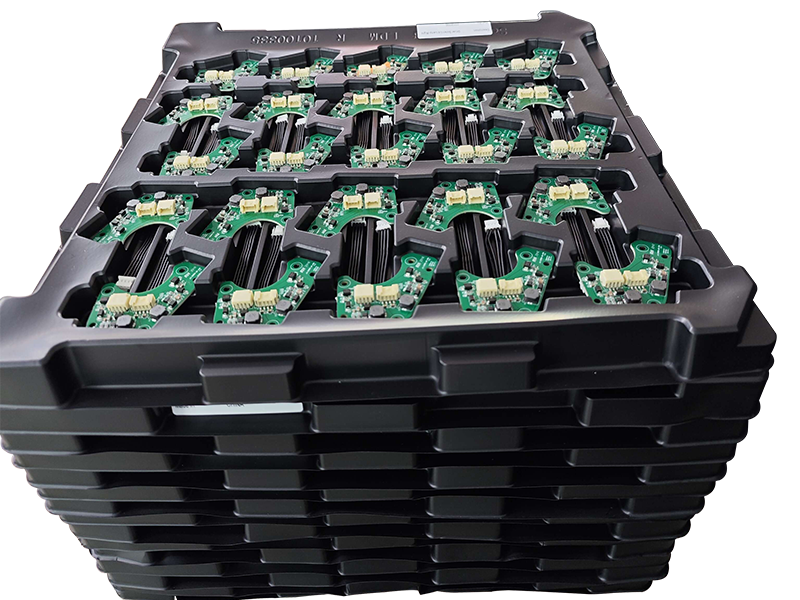
17. ESD packing
-
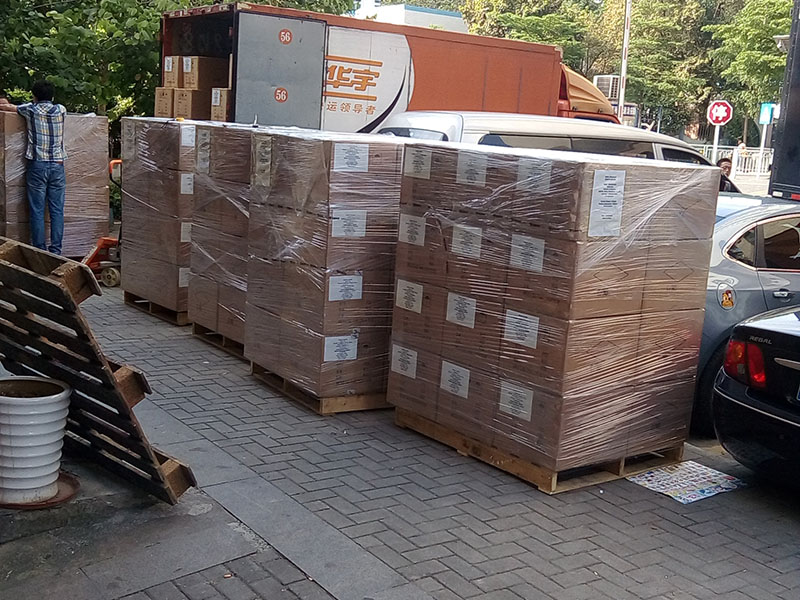
18. Ready for Shipping
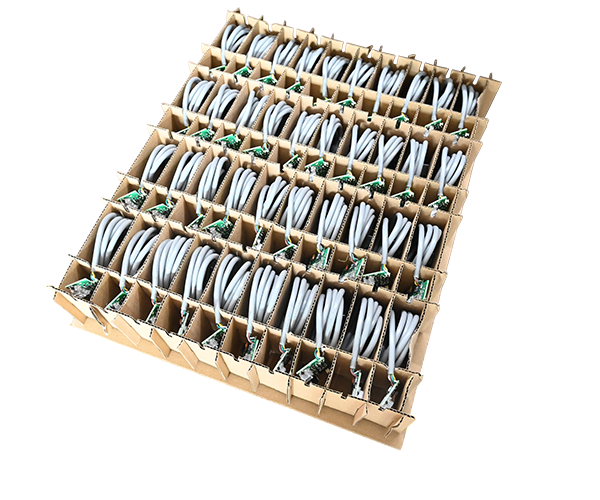
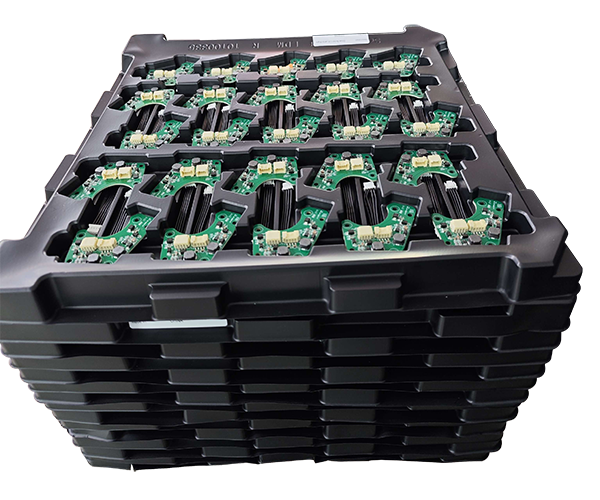

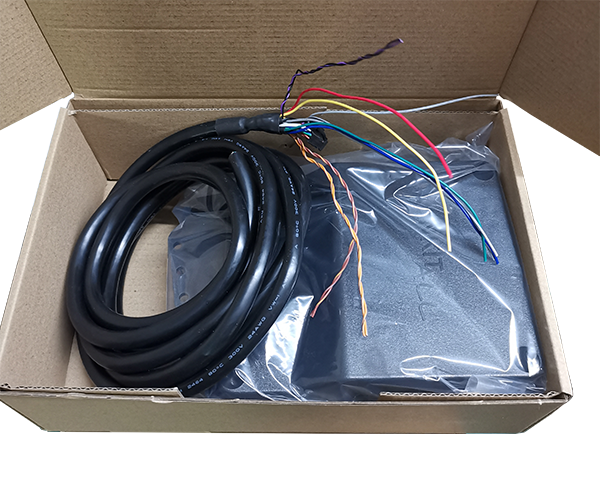
Home Appliance PCBA
Industrial Control PCBA
Automobile PCBA
Consumer Electronics PCBA
Medical Equipment PCBA
Security System PCBA
Healthcare PCBA
LED Lighting PCBA
IoT PCBA
Electric Gardening Tool PCBA
-
Delivery Service






-
Payment Options






